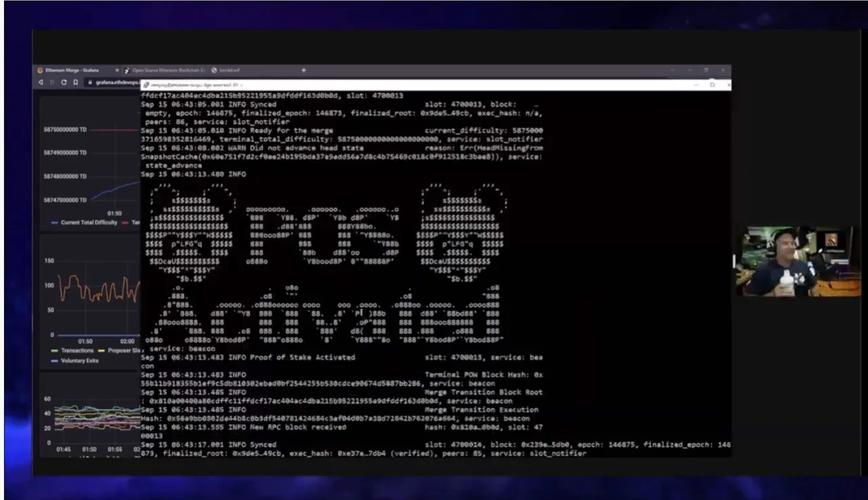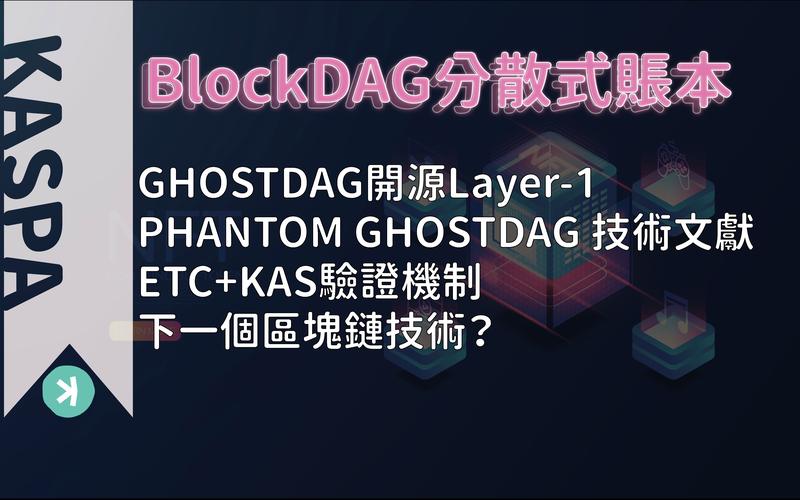
Did Ethereum 2.0 Launch?
Ethereum 2.0, the highly anticipated upgrade to the Ethereum network, has been a topic of much discussion and speculation. But has it actually launched? Let’s delve into the details and explore the various dimensions of this significant event.
What is Ethereum 2.0?
Ethereum 2.0, also known as Eth2, is a major upgrade to the Ethereum network that aims to improve scalability, security, and sustainability. It introduces several key changes, including a shift from Proof of Work (PoW) to Proof of Stake (PoS) consensus mechanism, a new sharding mechanism, and a new governance model.

Has Ethereum 2.0 Launched?
As of the latest information available, Ethereum 2.0 has not been fully launched yet. However, there have been several milestones and phases that have been completed or are in progress.
Phase 0: Beacon Chain
The first phase of Ethereum 2.0, known as Phase 0, was launched on December 1, 2020. This phase introduced the Beacon Chain, which serves as the foundation for the entire Ethereum 2.0 network. The Beacon Chain is responsible for managing the consensus mechanism and validator registration.
Phase 1: Sharding
The second phase of Ethereum 2.0, known as Phase 1, is expected to be launched in the first half of 2022. This phase will introduce sharding, which will enable the Ethereum network to process transactions in parallel, significantly improving scalability. Sharding will also help reduce the network’s energy consumption and increase its security.
Phase 2: State Transition Function
The third and final phase of Ethereum 2.0, known as Phase 2, is expected to be launched in the second half of 2022. This phase will introduce the State Transition Function (STF), which will enable the Ethereum network to process smart contracts and transactions in a more efficient manner. The STF will also enable cross-shard communication, further enhancing the network’s scalability and interoperability.

Table: Ethereum 2.0 Phases and Key Features
| Phase | Key Features | Expected Launch Date |
|---|---|---|
| Phase 0: Beacon Chain | Proof of Stake consensus mechanism, validator registration | December 1, 2020 |
| Phase 1: Sharding | Sharding mechanism, improved scalability | First half of 2022 |
| Phase 2: State Transition Function | Smart contract processing, cross-shard communication | Second half of 2022 |
What Does This Mean for Ethereum Users?
The launch of Ethereum 2.0 will have several implications for Ethereum users. Here are some of the key points to consider:
-
Scalability: Ethereum 2.0 aims to significantly improve scalability, allowing for more transactions to be processed in a shorter amount of time. This will benefit users who are looking to perform transactions on the Ethereum network.
-
Security: The shift from PoW to PoS consensus mechanism is expected to enhance the network’s security. PoS is generally considered to be more secure than PoW, as it requires validators to have a stake in the network, making it less susceptible to attacks.
-
Energy Efficiency: Ethereum 2.0 is expected to be more energy-efficient than the current PoW-based network. This is due to the fact that PoS requires less computational power, resulting in lower energy consumption.
-
Interoperability: The introduction of cross-shard communication will enable different Ethereum-based applications to interact with each other, leading to a more interconnected and versatile ecosystem.
Conclusion
While Ethereum 2.0 has not been fully launched yet, the progress made so far is promising. The introduction of the Beacon Chain and the upcoming phases of sharding and the State Transition Function are expected to significantly improve the Ethereum network’s scalability, security, and sustainability




